We have a talk with an expert on the pig sector from different areas, especially regarding enteric complexe diseases and pig production.

Guillermo Ramis Vidal has worked exclusively in the pig sector for more than 12 years. He is currently a Professor in the Department of Animal Production at the University of Murcia, teaching in the degree of Veterinary Medicine.
What are the functions that you currently carry out as a Professor of the Department of Animal Production of the University of Murcia? In what lines of research are you working?
As a Full Professor, my main obligation is to teach several subjects (Breeding and Health, Clinic of Animals for Abasto and Supervised Practices) in the degree of Veterinary Medicine. In addition, in the area of management, I am currently the director of the Veterinary Teaching Farm of the University of Murcia.
As always, our main research is focused on pigs, and in addition to the lines that we usually carry in genetics (breeding, genomics, identification and paternity), we are working on the effects of some of the elements that are proposed as substitutes for antibiotics. In fact this year we have worked on the effect on the immune system of various feed additives, based on various technologies; and how they can help maintain intestinal health and defend animals from pathogens, especially in the early ages. In addition, as I cannot avoid getting involved in several fronts at once, we continue to work on thermography, on genetics of cattle, dogs, sea bream, corvina, etc.
What are the main pathologies that you study?
We work on those that affect pigs at different ages and that make up what we know today as the porcine enteric complex. We talk about viruses (rota and coronavirus), bacteria (E. coli, Clostridium sp, salmonella, L. intracellularis, B. hyodisenteriae, etc.) and even parasites. And obviously, not only from the point of view of the pathogen, but also the biosecurity, to give an example.
What are the main mistakes when dealing with the diagnosis of digestive processes in pigs?
One of the most frequent errors is skipping steps. This means that a diagnosis is based on the acquisition of information in a systematic way to avoid making biases or errors. We should make a proper clinical examination, taking into account the anamnesis and historical data and relying on macroscopic pathology (necropsies) to reach a presumptive diagnosis and from there, go to complementary tests, the first being histopathology. Many times, we skip these steps and without even doing necropsies, we move on to PCR or microbiology. And, obviously, the sampling must be adequate. Today we still find professionals who are hesitant to take samples, and if we add to that the fact that each laboratory wants the samples in a specific way, there can be a lot of confusion in this respect.
Currently, what is the most worrying digestive pathogen in the pig sector?
Subscribe now to the technical pig magazine
AUTHORS

Bifet Gracia Farm & Nedap – Automated feeding in swine nurseries

The importance of Water on pig farms
Fernando Laguna Arán
Microbiota & Intestinal Barrier Integrity – Keys to Piglet Health
Alberto Morillo Alujas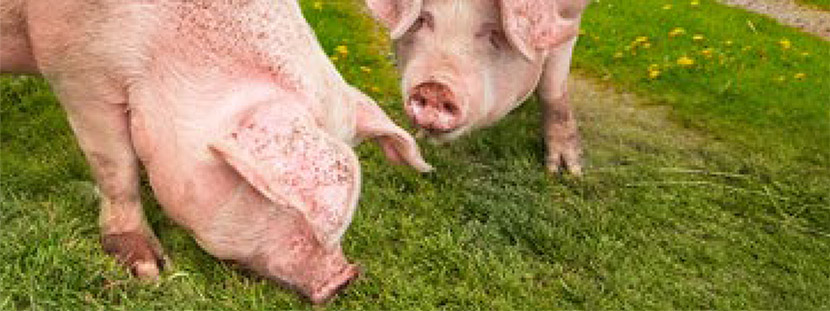
Impact of Reducing Antibiotic use, the Dutch experience
Ron Bergevoet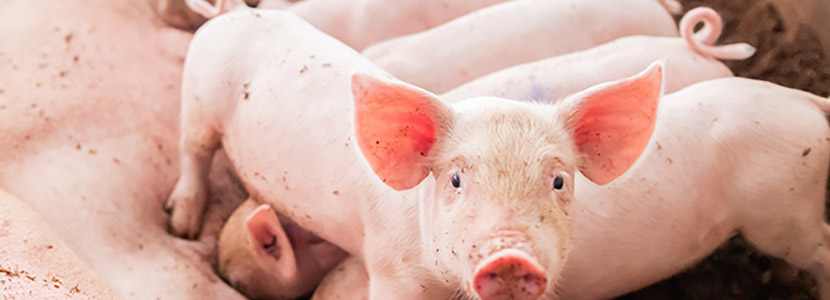
The keys to successful Lactation in hyperprolific sows
Mercedes Sebastián Lafuente
Addressing the challenge of Management in Transition
Víctor Fernández Segundo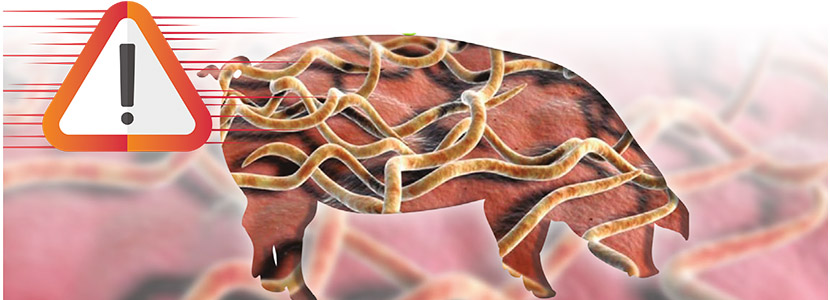
Dealing with the rise of Swine Dysentery
Roberto M. C. Guedes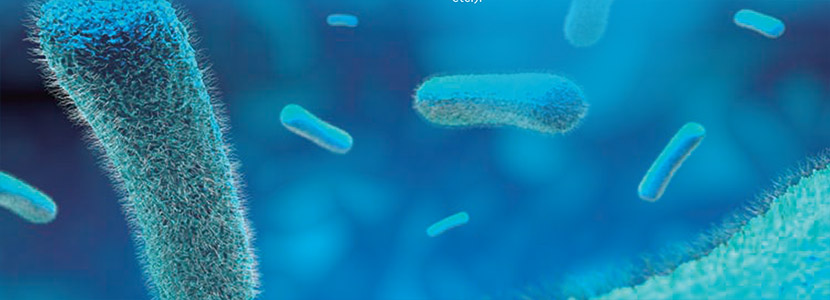
Actinobacillus pleuropneumoniae – What are we dealing with?
Marcelo Gottschalk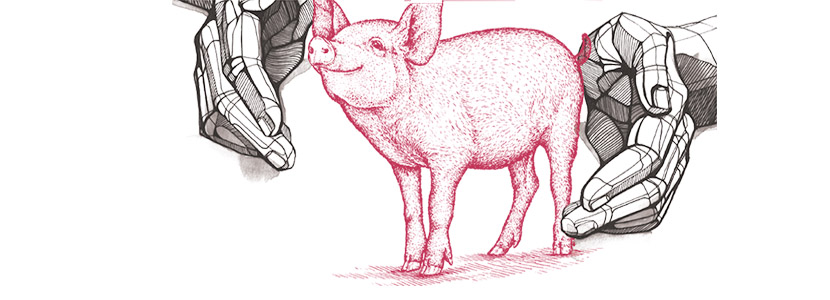
The new era of Animal Welfare in Pig Production – Are we ready?
Antonio Velarde
Gut health in piglets – What can we do to measure and improve it?
Alberto Morillo Alujas
Interview with Cristina Massot – Animal Health in Europe after April 2021
Cristina Massot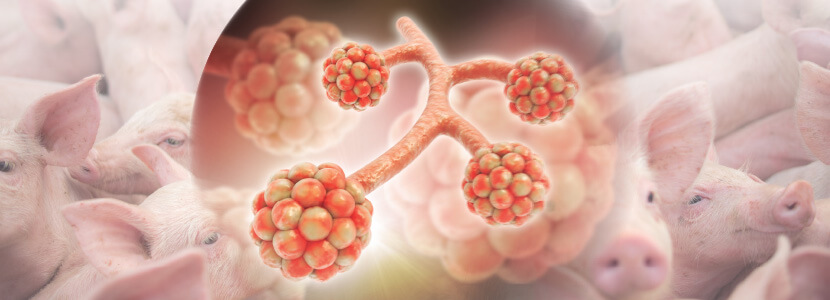
Differential diagnosis of respiratory processes in pigs
Desirée Martín Jurado Gema Chacón Pérez